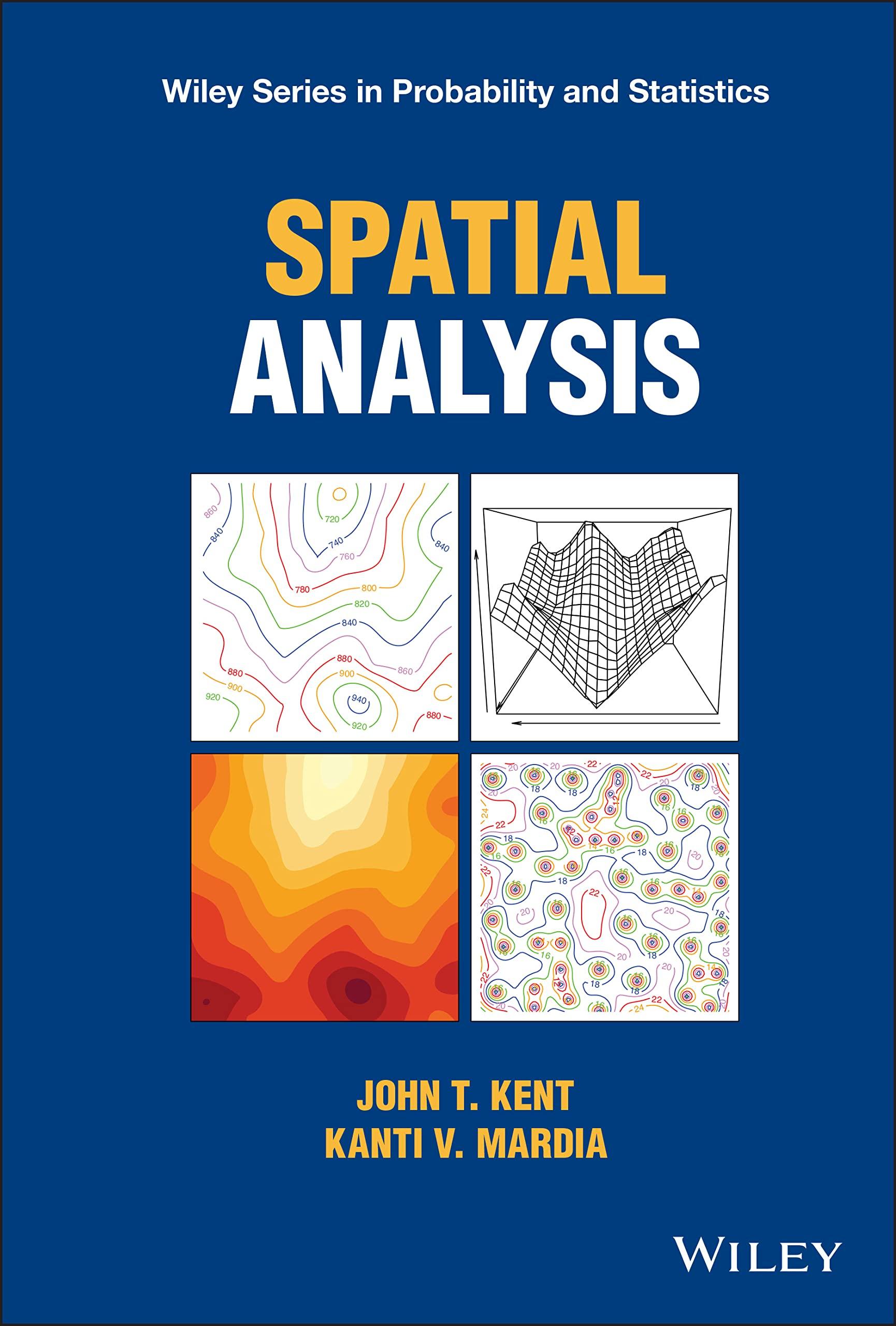2.7 (Mardia and Watkins, 1989). Let ????k(h)=(1 |h|) kI[|h| 1] denote the restricted-power scheme of
Question:
2.7 (Mardia and Watkins, 1989). Let ????k(h)=(1 − |h|)
kI[|h| ≤ 1] denote the restricted-power scheme of Table 2.1. The purpose of this exercise is to show the positive definiteness of ????k(h) for integer k ≥ 2 in d = 3 dimensions. This will be achieved by showing that the spectral density, fk(????), say, of ????k(h) is nonnegative for all ???? ∈ ℝ3.
(a) Write f #
k (????) = fk(????), ???? = |????|, for the radial spectral density. Using the Fourier inversion formula, show that in d = 3 dimensions f #
k (????) = 1 2????2???? ∫
1 0
r(1 − r)
k sin(r????)dr.
Note that the integrand is positive if 0
k (????) > 0 for 0 < ???? ≤ ????.
(b) Using integration by parts or otherwise, evaluate this integral for k = 2 and k = 3, f #
2 (????) = 1
????2????5 {????(2 + cos ????) − 3 sin ????}, ????> 0, f #
3 (????) = 3
????2????6 {????2 − 4 + ???? sin ???? + 4 cos ????}, ????> 0.
(c) If ???? ≥ ???? note that ????(2 + cos ????) − 3 sin ???? ≥ ???? − 3 > 0. Hence conclude that f #
2 (????) > 0 for all ???? > 0.
(d) Similarly, show that f #
3 (????) > 0 for all ???? > 0.
(e) Use the fact that positive definiteness of functions is preserved under multiplication to conclude that ????k(h) is positive definite for all integers k ≥ 2 in d = 3 dimensions.
(f) Why does ????k(h) also define a positive definite function in d = 1 and d = 2 dimensions?
Step by Step Answer:







